Harvey Weinstein: how the sex scandal that shook Hollywood unfolded
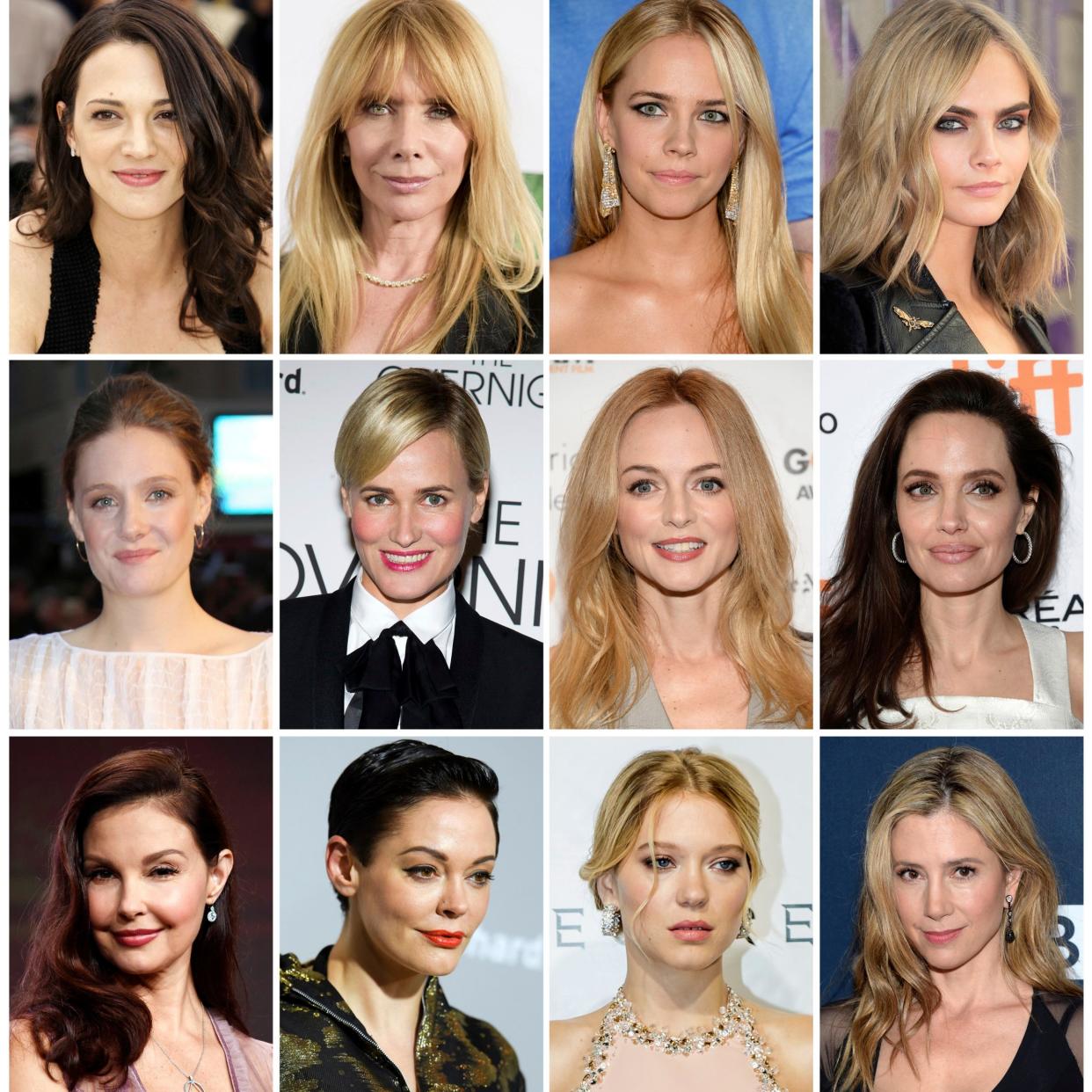
Two years ago, American tabloids published a story about the Hollywood film producer Harvey Weinstein and an accusation of sexual assault levelled at him by an Italian model. On March 27, 2015, he had invited Ambra Battilana Gutierrez to his office in New York’s Tribeca area for a business meeting. While she was there, he allegedly lunged at her, groping her breasts and attempting to put his hand up her skirt. Gutierrez went straight to the police.
Consequently, detectives set up a sting on Weinstein, the co-founder of Miramax and The Weinstein Company and a titan of the US film industry: the then 22-year-old who had shopped him was to meet him at the Tribeca Grand Hotel the following day, this time wearing a wire, in an attempt to extract a confession from him. The plan worked, and the audio – obtained by The New Yorker magazine and released this week – recorded the movie mogul dismissively apologising for having groped the model, but persistently urging her to join him in his room.
This damning evidence could have been the smoking gun that brought Weinstein’s world crashing down. If charged and convicted of the alleged offence against Gutierrez alone, he could have landed in jail. But he was never charged, with the Manhattan district attorney citing a lack of evidence to prove criminal intent.
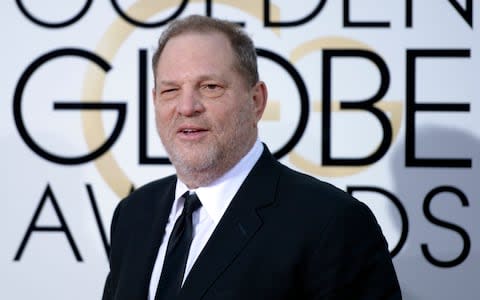
Instead, a shadow was cast over Gutierrez instead, as it emerged she had once attended a “Bunga Bunga” party hosted by former Italian premier Silvio Berlusconi. She had also reportedly accused an Italian businessman of sexual assault, but later refused to cooperate with the investigation into him. Two weeks after the Weinstein sting, the Manhattan district attorney decided not to bring charges. The 65-year-old married father-of-five is understood to have reached a financial settlement with his accuser in return for her signing a nondisclosure agreement.
Had the alleged incident been an isolated one, this might have been the end of it. In the past few days, however, we have learned this could not be further from reality; that the Gutierrez affair was, in fact, just the tip of the iceberg, the full extent of which is still emerging from the murky depths of shame, deceit, obfuscation and denial beneath which it has lain for the best part of three decades. If all the stories that have exploded into the public arena since October 5 are true – indeed, even if only half of them are true – then Harvey Weinstein, one of the most powerful men in Hollywood, is a serial sexual predator with a frighteningly long string of offences against women to his name.
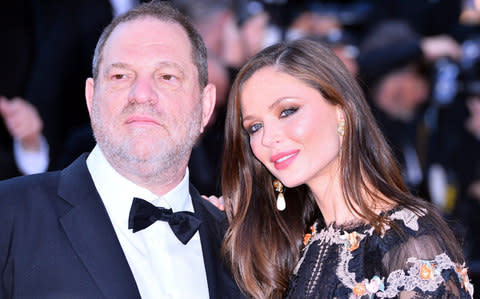
The fuse was lit this month, more than two and a half years after the Gutierrez story had died down, by the New York Times. Last Thursday, the newspaper published the first of two investigative articles on the Oscar-winning producer behind dozens of big screen blockbusters, including Pulp Fiction, Good Will Hunting, Shakespeare in Love, Sex, Lies and Videotape, The English Patient and The Iron Lady. In it, the two reporters detailed decades of allegations of sexual harassment made against Weinstein by women who had entered into his orbit. One of these women was the actress Ashley Judd, who says she was invited by Weinstein to the Peninsula Beverly Hills hotel for what she thought was a business meeting. Instead, she was summoned to his room, where she found him dressed in a bathrobe. He allegedly asked if he could give her a massage or if she could watch him shower.
It was an approach he is believed to have made to multiple others also, seemingly following a similar formula, time and again, of inviting a young woman to his hotel room on the pretext of doing business, appearing in a state of semi-undress and suggesting massages, showers and baths. The carrot commonly dangled before them was the promise, implicit or otherwise, of career advancement. And his power to make or break careers could not be overestimated – until now.
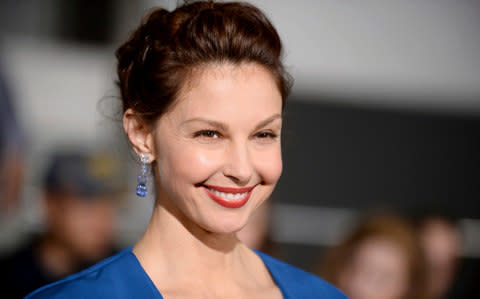
Over the years, he had reached at least eight settlements with female accusers, according to two company officials of Weinstein’s who spoke to The New York Times on condition of anonymity. Among these women were a young assistant in 1990, an actress in 1997, an Italian model in 2015 and a woman called Lauren O’Connor who used to work for Weinstein’s company. Unlike many of Weinstein’s alleged victims, O’Connor had spoken out, writing a memo to several of the company executives in which she made claims of sexual harassment by Weinstein. “There is a toxic environment for women at this company,” she wrote.
This detail provided the first clue to outsiders that allegations about Weinstein’s behaviour were known about. Since the revelations of recent days, many have admitted it was the worst kept secret in movieland.
Another actress named in the October 5 piece was Rose McGowan, who had appeared in the Weinstein-produced Scream film in 1996. The following year, Weinstein reportedly reached a $100,000 settlement with the then 23-year-old, following an alleged episode in a hotel room during the Sundance Film Festival. The purpose of the payment was “not to be construed as an admission”, but to “avoid litigation and buy peace”. Again, it is understood the tactic was deployed repeatedly by Weinstein, who appears to have “bought peace” many times in this way.

Emboldened, perhaps, by the story’s publication, McGowan broke cover shortly afterwards, unleashing a torrent of thinly veiled tweets. On the day the scandal broke, she wrote: “Anyone who does business with ____ is complicit. And deep down you know you are even dirtier. Cleanse yourselves.”
And yet, two days on, precious few had come forward to do so. Exasperated, McGowan wrote: “Ladies of Hollywood, where are you?” And: “Ladies of Hollywood, your silence is deafening.” A few had spoken out: Patricia Arquette congratulated McGowan and Judd for coming forward; Brie Larson declared she stood with “the brave survivors of sexual assault and harassment”. But many more remained strangely tight-lipped on the subject. To begin with, at least.
Weinstein’s initial response to the story was an apology. “I appreciate the way I’ve behaved with colleagues in the past has caused a lot of pain, and I sincerely apologise for it,” he said in a statement. “My journey now will be to learn about myself and conquer my demons... I so respect all women and regret what happened.” He said he was taking a “leave of absence” from his company and seeing a therapist.
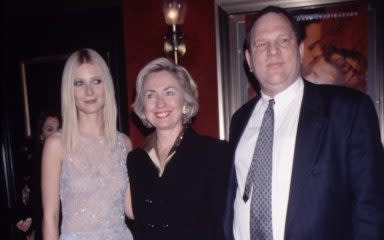
“He is an old dinosaur learning new ways,” said his lawyer Lisa Bloom in a separate statement. She resigned shortly afterwards.
Weinstein did, however, dispute the New York Times report, and Bloom’s statement said her client denied many of the allegations as “patently false”. Another of his lawyers, Charles Harder, said Weinstein was preparing to sue the newspaper.
On October 6, as the Weinstein Company announced it was launching an interal inquiry, its beleaguered co-founder insisted his wife of 10 years, the British designer Georgina Chapman, 41, who co-founded the Marchesa fashion label, would stand by him. She would, he said, be “kicking my ass” and forcing him to “apologise to people for my bad behaviour”.
That was before the dam broke and the full torrent of allegations engulfed all before it. Last Sunday, Weinstein was sacked by the board of his own company – a decision reached “in light of new information about misconduct”. Dozens of Democrats, to whom Weinstein was a major donor, severed ties with him, and many said they would transfer his financial contributions to women’s charities.
By now, the story had gone transatlantic. A Sunday newspaper in Britain published a piece by Lady Liza Campbell, a writer to whom Weinstein had given some freelance script-reading work. In it, she detailed how he had allegedly ambushed her in his suite at The Savoy hotel in London in the mid-90s. In what has turned out to be a familiar pattern, he had invited her there for a work meeting, only to request that she “jump in the bath” with him, she wrote. “Come on, it’ll be fun. We can drink champagne. You can soap me — whaddaya say?” were the words she attributed to him. Furious, the mother-of-two, then in her 30s, fled.
It was allegedly not the last time Weinstein would do this at the five-star hotel on the Strand. British actress Romola Garai, 35, went public with her Weinstein experience on Monday, telling a British newspaper she was auditioned by him there when she was just 18. He was in his dressing gown, she claimed, and she left feeling “violated”.
Her account was published on Tuesday, the day that the floodgates opened. Accusations from 13 more women were published by The New Yorker in a story by Ronan Farrow, son of Mia Farrow and Woody Allen. The silence had been well and truly broken, and the allegations were profoundly shocking: three of the women, including Italian actress Asia Argento, claimed Weinstein had raped them orally or penetratively. Four said they had been subjected to unwanted touching. Four claimed he had exposed himself or pleasured himself in front of them. Some 16 former and current executives and assistants employed by him said they had seen or known about unwanted sexual advances and touching.

Finally, two of the biggest names in Hollywood joined the list of alleged victims: Angelina Jolie and Gwyneth Paltrow sent statements to The New York Times claiming Weinstein had harassed them, too, early in their careers. Paltrow’s alleged that after the producer had cast her in the title role of the 1996 film Emma, he invited her to his hotel suite, where he touched the then-22-year-old and suggested massages. She described telling her then boyfriend, Brad Pitt, who confronted Weinstein about it.
Barack Obama, Hillary Clinton, Leonardo DiCaprio and countless others joined the chorus of voices condemning him. Breaking her six-day silence, his wife announced she was leaving him and branded his conduct “unforgivable”.
The next day, Wednesday, another British star, Cara Delevingne, came forward, alleging he’d sexually harassed her when she first started work as an actress. He had urged her to kiss another woman, she claimed, before trying to kiss her himself. On Thursday, it was actress Kate Beckinsdale who made headlines with her own Weinstein story. The 44-year-old actress claimed she had repeatedly rejected his sexual advances over the years. By Friday night, Weinstein had been accused of sexual harassment by around 30 women, and of rape by three.
So what now? The New York Police Department is reportedly investigating two cases from 2004. In Britain, Scotland Yard are investigating claims he sexually abused an actress in London in the 1980s. The man at the centre of the scandal has flown to Arizona to seek therapy for what he calls sex addiction.
Hollywood has been left reeling and the shock waves have spread far and wide. In time, the industry at the epicentre of such ignominy will heal. America will cleave to the narrative of reform and redemption that has carried it through before: rebuild, recover and root out the evil.
As for Weinstein, he’s asked for a second chance, too. It’s hard to imagine he’ll be offered one.